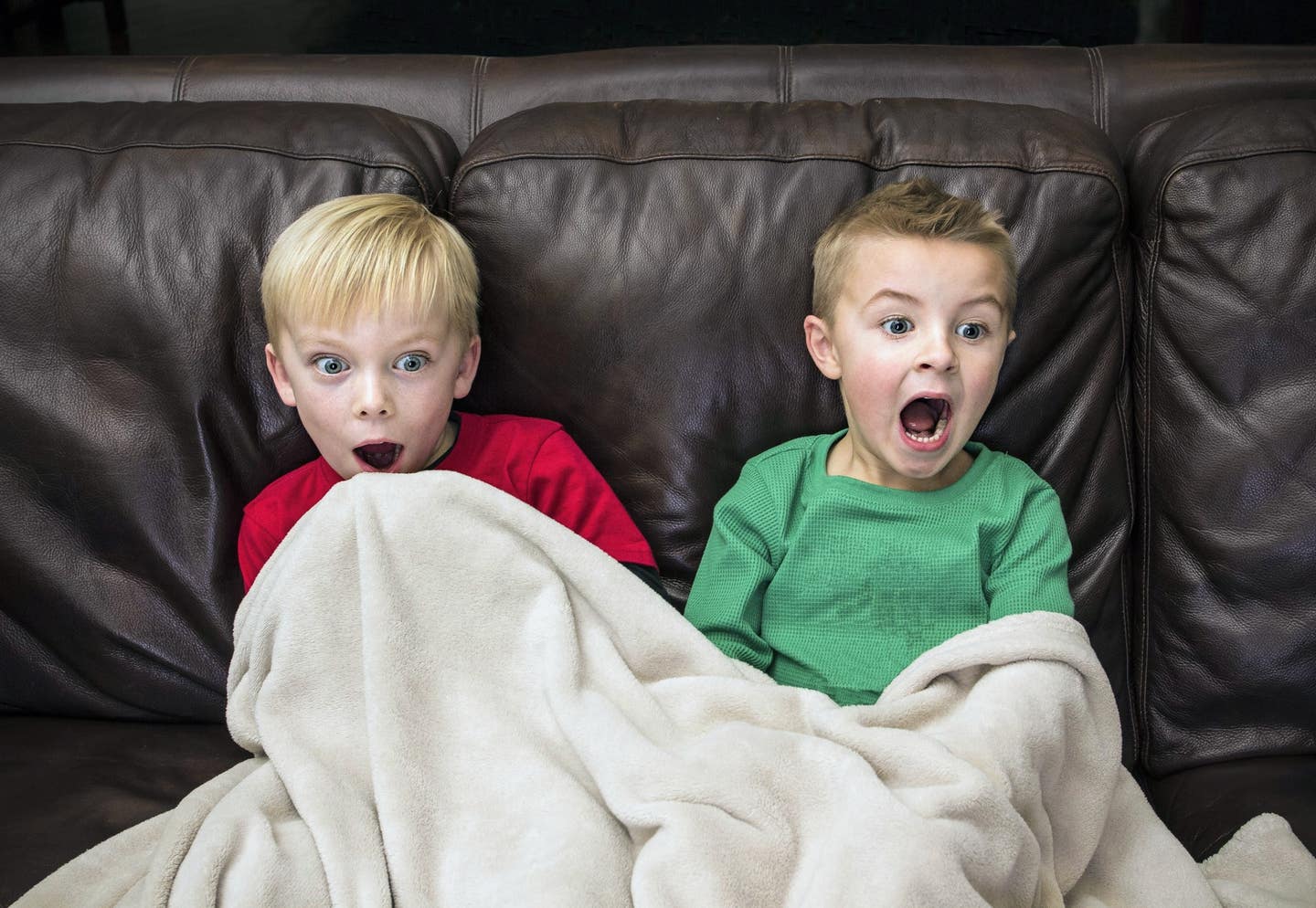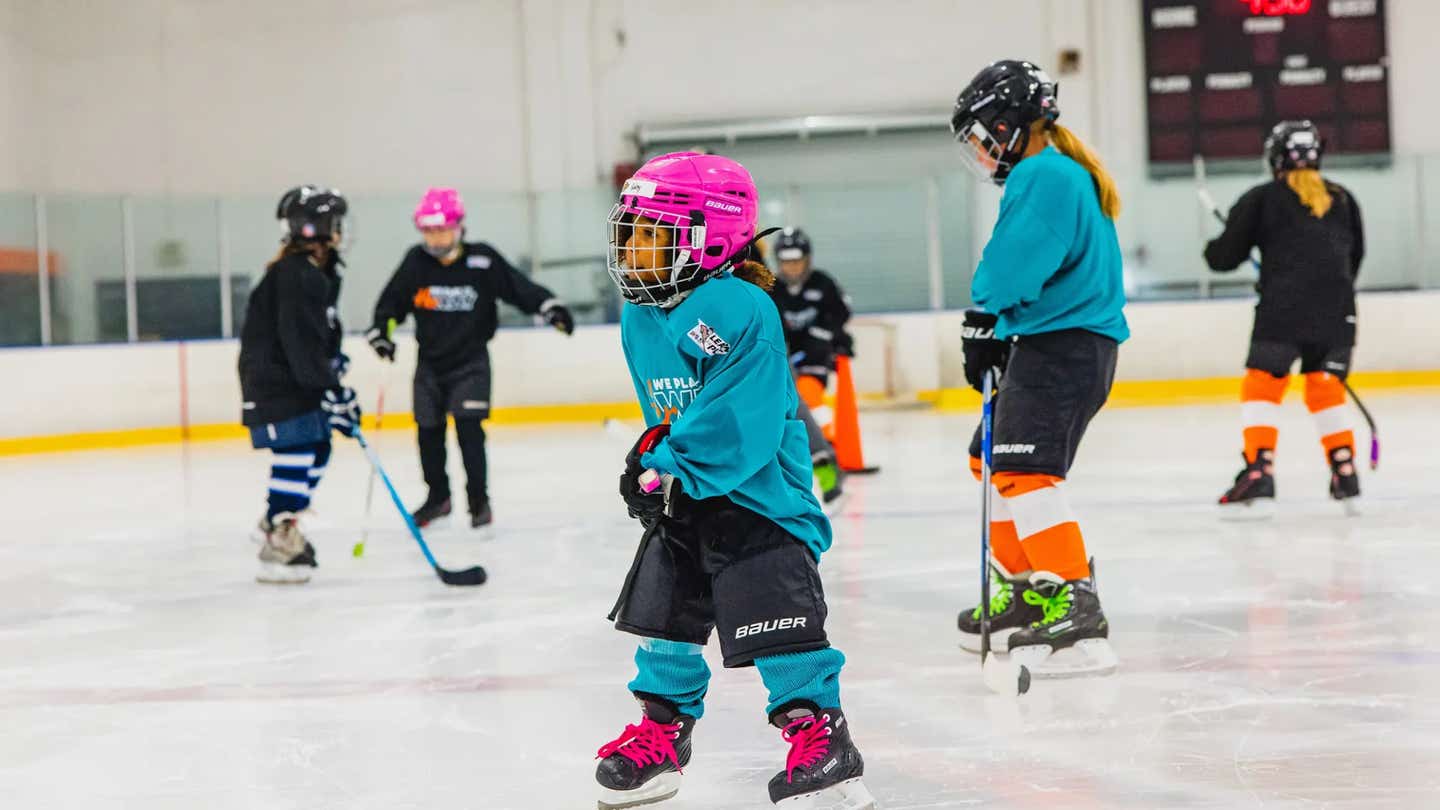Researchers warn of lasting risks to kids’ from television violence
Kids who watch violent TV at age 3 may face lasting behavior problems by age 15, says a new study.

Violent TV in preschool years may lead to antisocial behavior in teen boys, new long-term research warns. (CREDIT: Shutterstock)
In preschool years, children absorb what they see on screens like sponges. Their brains develop rapidly, and what they watch can shape their behavior for years to come. A recent long-term study shows that exposure to violent television during early childhood may influence how some children behave well into their teenage years.
Researchers at the Azrieli Research Centre at CHU Sainte-Justine followed nearly 2,000 children over more than a decade. They discovered something troubling: boys who regularly watched violent television at ages 3.5 and 4.5 were more likely to show antisocial behavior at age 15. This includes physical and verbal aggression, stealing, and even getting into fights. Girls, however, did not show the same long-term behavioral effects.
The findings suggest a clear message—what young kids see on TV matters more than many people think. And it may be boys who are most at risk from early exposure to violent media.
What the Study Found
The research looked at 963 girls and 982 boys from a larger project known as the Quebec Longitudinal Study of Child Development. These children were born in the late 1990s and followed from birth through age 15. When the children were 3.5 and 4.5 years old, parents reported how often they saw violent content on television. Then, when the children turned 15, they self-reported their own behaviors.
Scientists measured four different types of antisocial behavior in the teens. They then used statistical tools to see whether the kids’ early exposure to violent TV had any link to later behavior. The team also controlled for other possible factors, like family background and existing behavior issues, to focus only on the impact of violent TV.
For boys, the results were clear. Exposure to violent shows as preschoolers was tied to higher levels of:
- Proactive aggression — hurting others to get something.
- Physical aggression — hitting or physically harming others.
- General antisocial behavior — stealing, threatening others, and fighting.
Related Stories
These patterns didn’t appear in girls. The study doesn’t suggest girls are unaffected, but their behavior didn't shift in the same way after early exposure to violent media.
What Counts as Violent Media?
The study defined screen violence as scenes showing physical fights, harsh words, or behavior meant to hurt others. This includes superhero cartoons, action-packed shows, and other fast-moving content. These shows often reward violent characters, which may encourage kids to copy what they see.
“Young children are drawn to exciting and fast-moving content. If that content includes heroes who use violence to solve problems and get rewarded for it, they are more likely to imitate what they watch,” the researchers explained.
Boys tend to watch more of this type of content than girls, which may partly explain the different outcomes in the study.
The Science Behind the Behavior
According to Dr. Linda Pagani, the study’s lead author and a professor of psychoeducation, “Although past evidence showing causal links between modelling and getting rewarded for violence had an immediate impact on aggressive behavior in 4-year-old children, few studies have investigated long-term risks with antisocial behavior.”
This study stands out because it followed a large group of middle-class children over time. This group usually has a lower risk of antisocial behavior. That made it easier to see the true impact of violent TV.
Dr. Pagani added, “We statistically took into account alternative child and family factors that could have explained our results, to be as close as possible to the truth in the relationships we were looking at.”
The data revealed that even when other influences were ruled out, watching violent television during preschool years still predicted more harmful behavior in boys over a decade later.
What This Means for Parents
This study doesn’t suggest that all children who watch violent shows will grow up to become aggressive. But it shows there is a real and measurable risk—especially for boys.
Boys who watched violent shows were more likely to later hit others to get their way, steal from others, and get into physical fights. Some also reported threats and insults toward peers or involvement in gang-like activities. The use of weapons even appeared as one of the predicted behaviors.
“Our study provides compelling evidence that early childhood exposure to media violence can have serious, long-lasting consequences, particularly for boys,” Pagani said.
The team urges public health officials to take this seriously. They suggest that campaigns to teach parents about the risks of violent media could help. Limiting screen time or choosing nonviolent shows could prevent future problems.
“Parents and communities can play a crucial role in limiting future problems by carefully avoiding young children's exposure to violent media content,” said the team of researchers from Canada, the U.S., and Italy.
Taking Action Now
This research offers a warning—and an opportunity. By limiting exposure to violent media in early childhood, families can lower the risk of future behavior problems. This doesn’t mean cutting out screens altogether, but it does mean making smarter choices about what kids watch.
The study’s authors hope these results will lead to real change. “This underscores the urgent need for public health initiatives that target campaigns to inform parents and communities about the long-term risks and empower them to make informed choices about young children's screen content exposure,” Pagani concluded.
Parents, educators, and community leaders all have a role in shaping what children see and learn from their media. And as this study shows, those early lessons may last a lifetime.
Note: The article above provided above by The Brighter Side of News.
Like these kind of feel good stories? Get The Brighter Side of News' newsletter.



